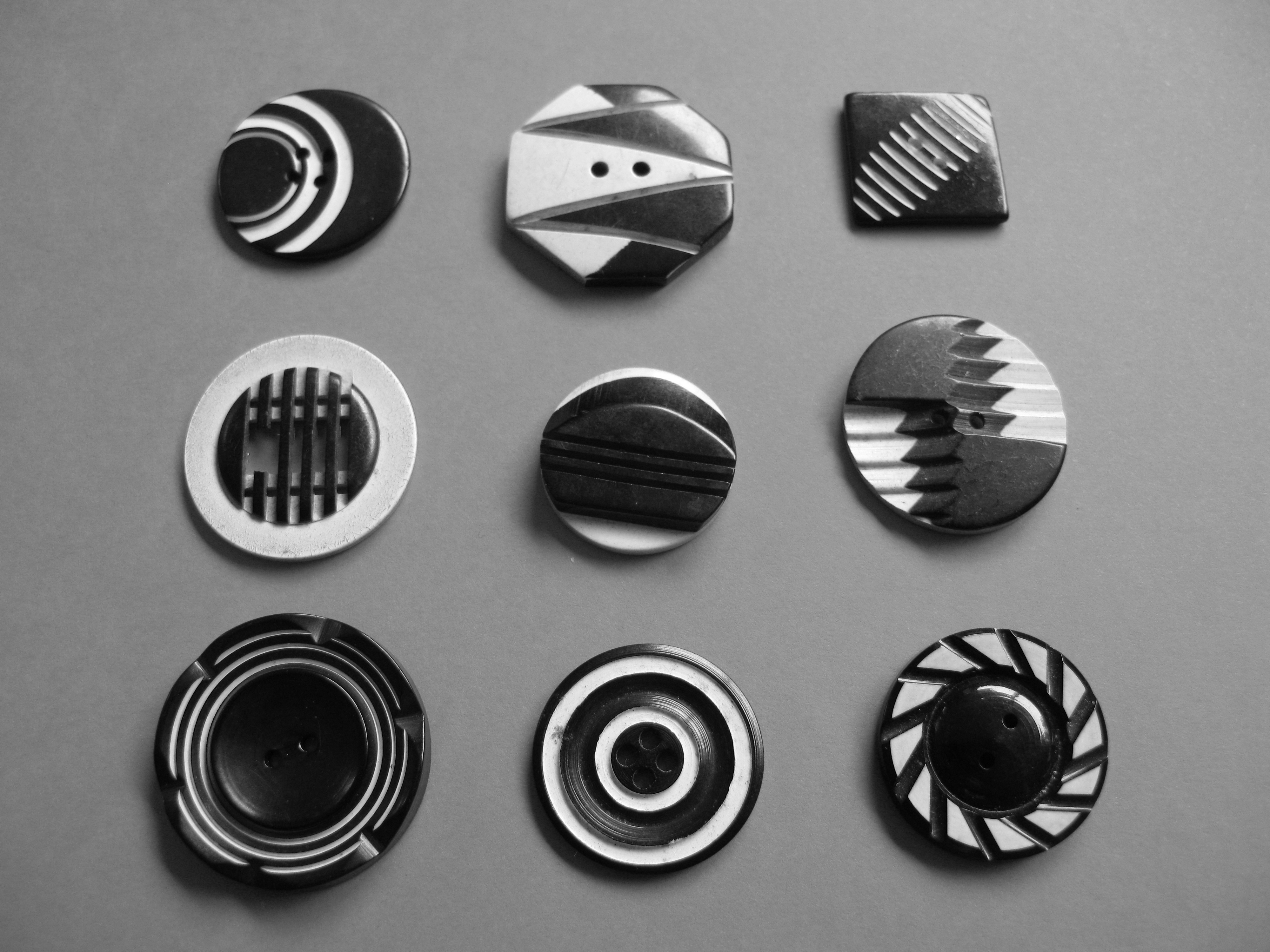Common Ground

During the pandemic our homes became our museums; rainbows for the NHS and posters with messages of hope lifted spirits on our streets. Our front windows told a story of the experience we were all living through, and contributed to what became very poignant neighbourhood ‘exhibitions’ across our cities.
We inhabit networks of connections that bind us in place and time. As we move through life the weave becomes denser, more complex and more colourful. Some parts tangle, threads break and are repaired. Sometimes the network is so tightly interlaced that it goes unnoticed. We can occupy a routine day entirely unaware of the mechanisms upon which we rely for a sense of belonging, of comfort, of connection with our territory – territory in all sorts of senses: geographic, civic, temporal, social, emotional. Museums and galleries bring the weave into the light for a moment. They allow us to orientate ourselves in space and time; to discern the threads of locality and identity and feel part of something bigger than ourselves, to experience resonance.
Through the twists and turns of 2020 our cultural landscape became unrecognisable. As museums closed their doors to the public in 2020 this connection to ‘something bigger than ourselves’ was abruptly severed. We retreated indoors to our homes, shrinking our sphere of life to four walls and a daily walk. The middle of the city – and all of its cultural landmarks – suddenly felt incredibly far away. Most of us became reacquainted with our neighbourhoods in an entirely new way – the ritual of a repeated walk through lockdown opening our eyes to all that the clamour of our ‘normal’ lives precluded us from seeing.
As time went on the windows of local homes took on a new role – home-made posters and mini-exhibits brought our communities together. These makeshift windows became poignant moments of curation; voices loudly addressing the pavements on behalf of residents sequestered indoors.
Some of these home-displays were charged with a message, touted a clear social or political agenda. Some offered words of support to a stranger sharing the same experience. Others were simpler, an assembly of little toys to make a passer-by smile – domestic dioramas of plastic dinosaurs and tissue paper rainbows warmly backlit by the living room as evening closed in.

It’s interesting to consider what we might learn from these domestic displays as we emerge from the pandemic and the doors to our institutions reopen. We might remember that museums are more than their bricks and mortar; they are their ideas and their communities. Together these displays formed a kind of silent assembly; told a collective story about what we were all going through. They helped frame the present and inspire hope for the future just as a good museum exhibit might. At the simplest our museums help us see something and reflect on it. In the same way that 2020’s living room windows brought communities together and reflected a shared experience back at us in real time, museums have the power to unite, transform, reflect and shape our society. They are – or should be – common ground; hotbeds of interaction and inclusivity helping us feel part of something collective.

